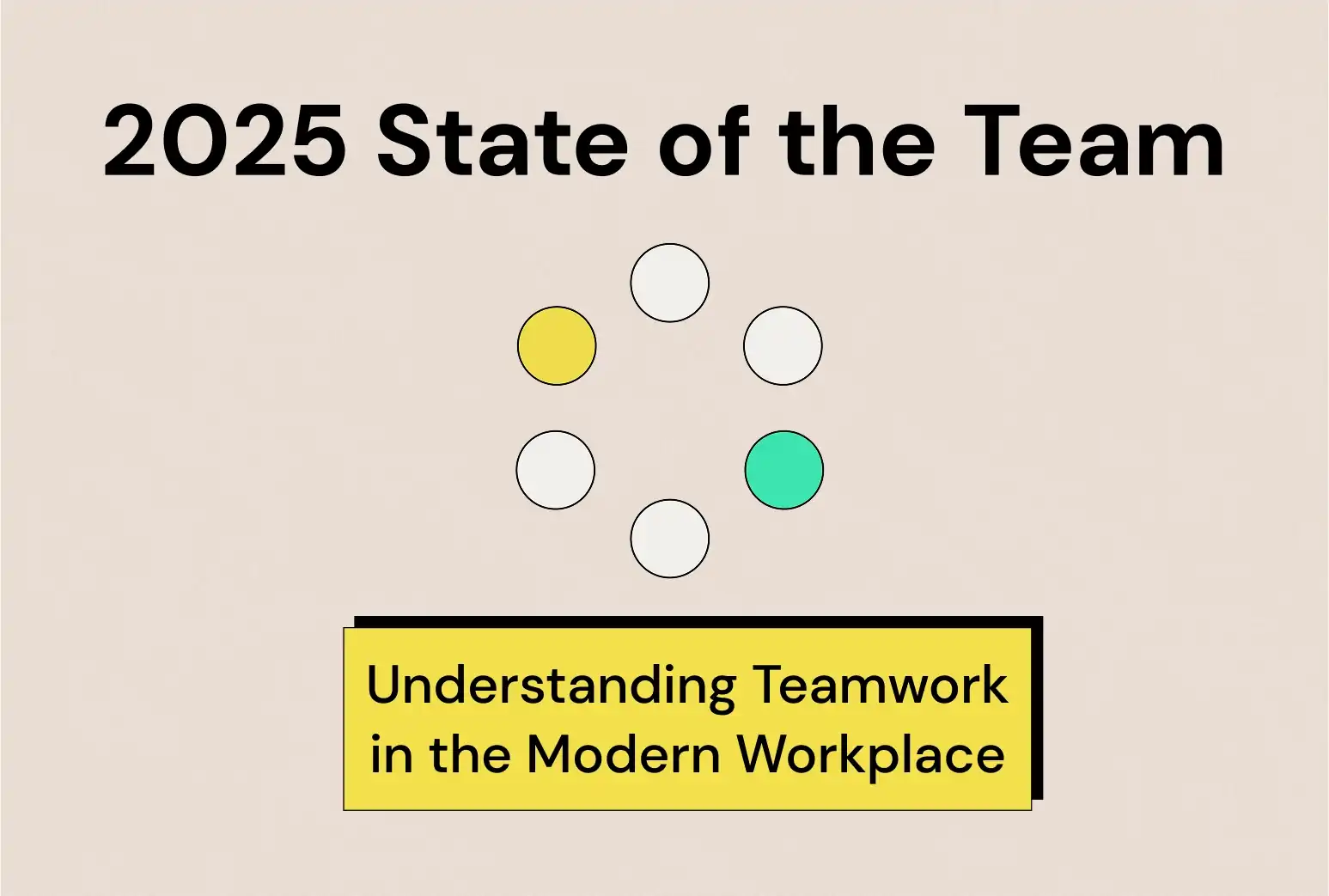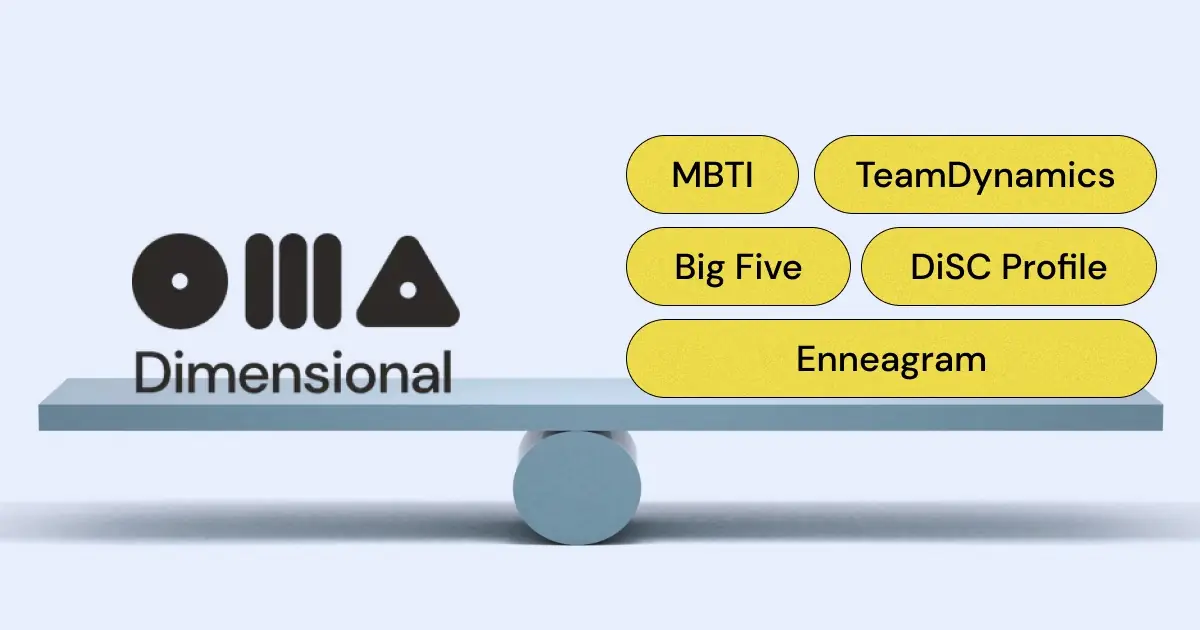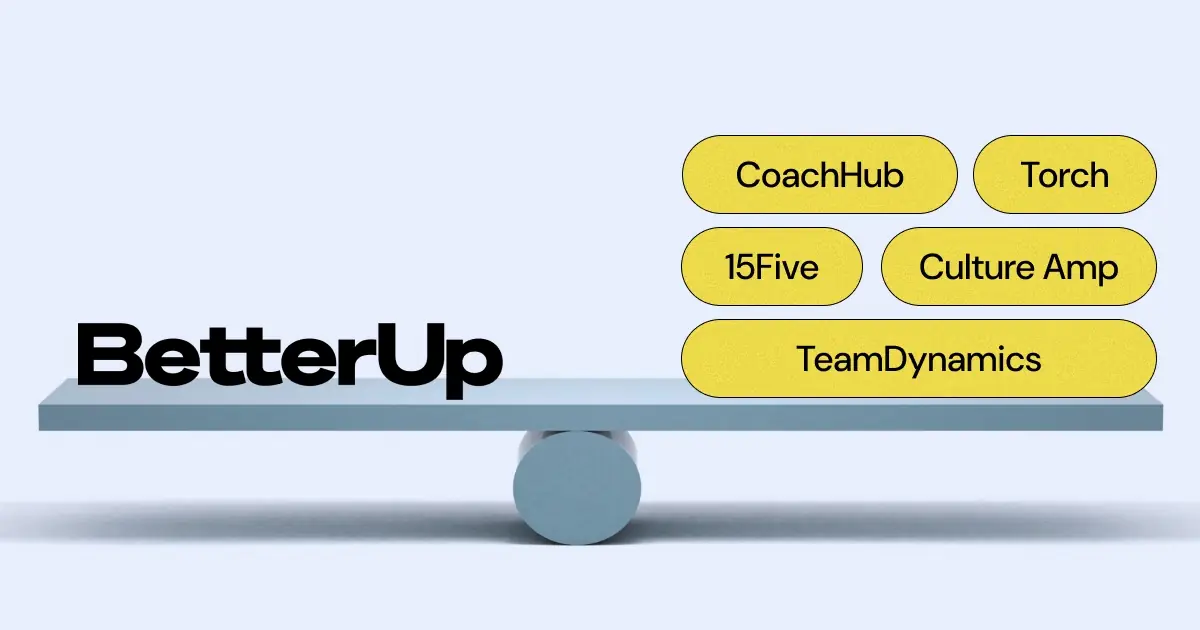Effective leadership can make or break a team. Simon Sinek’s book, “Leaders Eat Last: Why Some Teams Pull Together and Others Don’t,” provides essential insights for managers aiming to foster unity and trust within their organizations. This business book delves into the principles that distinguish successful teams from struggling ones, emphasizing the importance of leaders who prioritize the well-being of their team members.
“Leaders Eat Last” explores themes of trust, safety, and the human need for connection. Sinek argues that great leaders create environments where employees feel secure and valued, which in turn drives productivity and loyalty. By putting their team’s needs first, these leaders inspire cooperation and commitment.
For business professionals, Sinek’s insights are invaluable. Understanding and implementing the principles from “Leaders Eat Last” can transform your leadership approach, leading to more cohesive and effective teams. Whether you’re a seasoned executive or an emerging manager, this book offers practical advice to elevate your leadership skills and improve your team’s performance.
Read on to discover how you can apply these powerful concepts to become a better leader and foster a thriving workplace.
Main Ideas in “Leaders Eat Last”
Simon Sinek’s “Leaders Eat Last” presents several key concepts and business strategies that are crucial for building strong, cohesive teams. Here are the main ideas from the book:
1. The Circle of Safety
One of the central themes in “Leaders Eat Last” is the Circle of Safety. Sinek emphasizes that leaders must create a safe environment where team members feel protected and valued. When employees trust their leaders and feel secure, they are more likely to collaborate and work effectively. This sense of safety leads to increased loyalty and reduced stress, fostering a positive work culture.
2. Servant Leadership
Sinek champions the concept of servant leadership, where leaders prioritize the needs of their team members above their own. By putting others first, leaders can build trust and respect. Servant leaders are empathetic, supportive, and committed to the personal and professional growth of their employees. This approach results in higher employee satisfaction and stronger team dynamics.
3. The Importance of Trust
Trust is a recurring theme throughout the book. Sinek argues that trust is the foundation of any successful team. Leaders must consistently demonstrate integrity, transparency, and reliability to earn their team’s trust. When trust is established, it leads to open communication, mutual respect, and a collaborative spirit.
4. The Role of Empathy
Empathy is another critical concept in “Leaders Eat Last.” Sinek highlights the importance of understanding and addressing the needs and concerns of team members. Empathetic leaders can better connect with their employees, creating a supportive and inclusive work environment. This emotional connection drives employee engagement and commitment.
5. Balancing Performance and Well-being
Sinek stresses the importance of balancing high performance with the well-being of team members. Leaders should encourage excellence without sacrificing the mental and physical health of their employees. By promoting work-life balance and recognizing the efforts of their team, leaders can maintain a motivated and productive workforce.
6. Leading by Example
“Leaders Eat Last” underscores the significance of leading by example. Leaders set the tone for their organization through their actions and behaviors. By modeling the values and principles they wish to see in their team, leaders can inspire and influence their employees to follow suit.
Understanding and implementing these key concepts from “Leaders Eat Last” can transform your leadership style. These principles are not only theoretical but practical strategies that can help you build a stronger, more cohesive team.
{{inline-cta}}
Actionable Insights from “Leaders Eat Last”
Simon Sinek’s “Leaders Eat Last” offers not just theories but practical applications that can be seamlessly integrated into real-world business scenarios. Here are some actionable insights and team management tips derived from the book:
1. Build Your Circle of Safety
Practical Application: Regularly hold open forums or team meetings where employees can voice their concerns without fear of retribution. Encourage a culture of transparency and honesty. For instance, create an anonymous feedback system where team members can share their thoughts on company policies and management practices.
2. Practice Servant Leadership
Practical Application: Take time to understand the personal and professional goals of your team members. Offer mentorship and resources to help them achieve these goals. For example, set aside one-on-one meeting times to discuss career development and provide opportunities for training and growth.
3. Foster Trust Through Consistency
Practical Application: Be reliable and consistent in your actions and decisions. Make sure your words match your deeds. A simple but effective way to build trust is by being punctual and following through on promises, whether it’s meeting deadlines or supporting a team member’s project.
4. Show Empathy in Everyday Interactions
Practical Application: Actively listen to your team members. Show genuine interest in their well-being. For instance, if an employee seems stressed, take a moment to ask how they are doing and offer support or resources, such as flexible working hours or mental health days.
5. Promote Work-Life Balance
Practical Application: Encourage employees to take regular breaks and vacations. Lead by example by not sending emails after working hours or on weekends. Implement policies that support flexible working arrangements, such as remote work options or flexible scheduling.
6. Lead by Example
Practical Application: Demonstrate the behavior and values you want to see in your team. If you value punctuality, be the first to arrive at meetings. If you value collaboration, work closely with your team on projects and show appreciation for collective efforts.
7. Recognize and Reward Efforts
Practical Application: Regularly acknowledge and celebrate the hard work and achievements of your team. This can be done through formal recognition programs or simple gestures like thank-you notes and public acknowledgments during meetings.
8. Encourage Collaboration and Teamwork
Practical Application: Create opportunities for team members to collaborate on projects. Use team-building activities to strengthen relationships. Implement collaborative tools and platforms to facilitate seamless teamwork and communication.
9. Provide Constructive Feedback
Practical Application: Offer regular, constructive feedback aimed at personal and professional growth. Ensure that feedback is specific, actionable, and delivered in a supportive manner. For example, use the “praise-critique-praise” method to maintain a positive tone.
10. Create a Vision and Share It
Practical Application: Clearly articulate your vision for the team and the organization. Make sure every team member understands how their role contributes to the larger goals. Regularly communicate this vision and celebrate milestones along the way.
By applying these actionable insights from “Leaders Eat Last,” you can create a work environment where trust, empathy, and collaboration thrive. These business strategies not only improve team performance but also foster a culture of mutual respect and shared success.
Notable Quotes from “Leaders Eat Last”
Simon Sinek’s “Leaders Eat Last” is packed with powerful quotes that capture the essence of effective leadership. These quotes illustrate key points and serve as reminders of the core principles that can transform your team and organization.
1. On Creating a Safe Environment
“The courage of great leaders to sacrifice for the good of others is a principle we should all strive to follow.” - Simon Sinek
This quote emphasizes the importance of creating a secure environment where team members feel valued and protected. Leaders who prioritize the well-being of their teams inspire loyalty and dedication.
2. On Servant Leadership
“Leadership is not about being in charge. It is about taking care of those in your charge.” - Simon Sinek
Sinek highlights the essence of servant leadership. True leaders focus on supporting and nurturing their team members, fostering a culture of trust and mutual respect.
3. On Building Trust
“Trust is a biological reaction to the belief that someone has our well-being at heart.” - Simon Sinek
Trust is the foundation of any successful team. Leaders must earn trust through consistent actions that demonstrate their commitment to their team’s welfare.
4. On Empathy
“Empathy is about being concerned about the human being, not just their output.” - Simon Sinek
Understanding and addressing the personal needs of team members is crucial. Empathetic leaders build stronger connections and more resilient teams.
5. On Balancing Performance and Well-being
“Leadership is not about being nice. It’s about being honest. Honesty with care.” - Simon Sinek
Sinek stresses the importance of maintaining a balance between high performance and the well-being of employees. Leaders must set realistic expectations while supporting their team’s health and happiness.
6. On Leading by Example
“The true price of leadership is the willingness to place the needs of others above your own.” - Simon Sinek
Leading by example is a powerful way to inspire your team. When leaders demonstrate selflessness and commitment, it sets a standard for everyone to follow.
7. On the Importance of Vision
“Great leaders are willing to sacrifice the numbers to save the people.” - Simon Sinek
A compelling vision drives a team forward. Leaders must prioritize their people over short-term metrics, focusing on long-term success through a shared vision.
These notable quotes from “Leaders Eat Last” encapsulate the core principles of effective leadership. By internalizing and applying these insights, you can foster a more cohesive, motivated, and high-performing team.
Simon Sinek’s Background
Simon Sinek is a renowned author, motivational speaker, and organizational consultant known for his deep insights into leadership and team dynamics. With a background in cultural anthropology, Sinek brings a unique perspective to understanding human behavior within organizations.
Author’s Perspective
Sinek’s approach to leadership is rooted in his belief that leaders who prioritize their people create more successful and sustainable organizations. His work emphasizes the importance of trust, empathy, and a sense of purpose in fostering effective teams. Sinek’s ability to distill complex ideas into accessible and actionable principles has made him a highly sought-after speaker and consultant.
Expertise
Simon Sinek gained widespread recognition with his 2009 TED Talk, “How Great Leaders Inspire Action,” which remains one of the most-viewed TED Talks of all time. His concept of the “Golden Circle” and the question “Why?” has revolutionized how leaders and organizations think about their purpose and motivation.
In “Leaders Eat Last,” Sinek draws on extensive research and real-world examples to illustrate how leaders can create environments where trust and cooperation thrive. His expertise is not just theoretical; he has worked with a wide range of organizations, from large corporations to government agencies, helping them implement the principles he advocates.
Sinek’s other notable works include “Start with Why: How Great Leaders Inspire Everyone to Take Action” and “The Infinite Game,” both of which further explore the themes of purpose-driven leadership and long-term thinking.
By understanding Simon Sinek’s background and the depth of his expertise, readers can better appreciate the insights presented in “Leaders Eat Last.” Sinek’s perspectives on leadership are not only grounded in research but also proven effective in diverse organizational settings.
Critical Reception to “Leaders Eat Last”
Simon Sinek’s “Leaders Eat Last” has garnered widespread acclaim from critics and readers alike. The book’s insightful exploration of leadership principles has resonated with many, earning it a prominent place in the business book genre.
Book Reviews of Leaders Eat Last
“Leaders Eat Last” has been praised in numerous book reviews for its compelling and relatable approach to leadership. Critics have highlighted Sinek’s ability to blend scientific research with practical examples, making complex concepts accessible and engaging. The New York Times described the book as “a groundbreaking look at the importance of leaders who put their people first.” Similarly, the Harvard Business Review commended Sinek for his “in-depth analysis and actionable insights that can transform any organization.”
Reader Feedback on Leaders Eat Last
Readers have also responded positively to “Leaders Eat Last.” Many have shared their experiences of applying Sinek’s principles in their own workplaces, reporting improved team dynamics and higher employee satisfaction. On platforms like Goodreads and Amazon, the book has received high ratings and glowing reviews, with readers often citing how the book has changed their perspective on leadership and management. Comments such as “a must-read for anyone in a leadership role” and “truly eye-opening and transformative” are common among reader feedback.
Business Book Reviews About Leaders Eat Last
In the realm of business book reviews, “Leaders Eat Last” stands out for its practical relevance and inspirational message. Business leaders and managers appreciate Sinek’s emphasis on empathy, trust, and servant leadership, finding these principles highly applicable to modern organizational challenges. The book has been recommended by top executives and leadership coaches, further cementing its status as an essential read for anyone looking to improve their leadership skills.
Overall, the critical reception to “Leaders Eat Last” has been overwhelmingly positive. Both critics and readers recognize the book’s value in providing actionable strategies for building stronger, more cohesive teams. Simon Sinek’s blend of research, storytelling, and practical advice makes this book a valuable resource for leaders seeking to create a more supportive and effective workplace.
Criticisms of “Leaders Eat Last”
While Simon Sinek’s “Leaders Eat Last” has been widely praised, it has also faced some criticisms. Here are the most persuasive critiques about the book:
1. Over-Simplification
Some critics argue that Sinek over-simplifies complex organizational dynamics. They claim that while the principles of trust and empathy are valuable, the book does not fully address the intricate challenges leaders face in diverse and multifaceted business environments. The solutions provided can seem too idealistic and not always practical in every scenario.
2. Lack of Originality
A few reviewers have pointed out that many of the concepts in “Leaders Eat Last” are not entirely new. The ideas of servant leadership and creating a safe work environment have been explored in other leadership literature. Critics feel that Sinek repackages these concepts without offering significantly novel insights or perspectives.
3. Anecdotal Evidence
Another common critique is that Sinek relies heavily on anecdotal evidence and personal stories to support his arguments. While these stories are engaging, some readers feel that they lack the rigorous empirical research needed to substantiate the book’s claims. The reliance on anecdotes can make it difficult to generalize the principles to all organizational contexts.
4. Lack of Practical Implementation Steps
Some readers have expressed frustration with the book’s lack of detailed, actionable steps for implementing the principles in real-world settings. While the book provides inspiring ideas, it sometimes falls short in offering concrete strategies and tools that leaders can readily apply to their specific situations.
5. Idealistic Tone
The tone of the book is often described as overly idealistic. Critics argue that Sinek’s vision of leadership, while aspirational, may not be realistic or achievable in every organizational context, especially in highly competitive or resource-constrained environments. This idealism can make the book feel disconnected from the harsh realities many leaders face.
Despite these critiques, “Leaders Eat Last” remains a valuable resource for many leaders and managers. The criticisms highlight areas where the book could provide more depth or practical guidance. However, for those looking for inspiration and foundational leadership principles, Sinek’s work still offers significant insights. Understanding these shortcomings can help readers approach the book with a balanced perspective, recognizing both its strengths and limitations.
Final Thoughts
“Leaders Eat Last” by Simon Sinek is a compelling read that has made a significant impact on the field of leadership and team management. Its emphasis on trust, empathy, and servant leadership provides a fresh perspective on what it means to be a great leader.
Overall Impact
The book has inspired countless leaders to rethink their approach to leadership. By focusing on creating a Circle of Safety and prioritizing the well-being of team members, Sinek challenges traditional, top-down leadership models. His ideas have resonated widely, contributing to a broader movement towards more human-centered leadership practices.
Value for Business Professionals
For business professionals, “Leaders Eat Last” offers valuable insights that can transform team dynamics and organizational culture. The principles outlined in the book can lead to more cohesive, motivated, and high-performing teams. By applying Sinek’s concepts, leaders can foster an environment of trust and cooperation, which is essential for long-term success.
Despite some criticisms, the book’s core message remains powerful and relevant. It serves as a reminder that effective leadership is not just about achieving results but about nurturing the people who make those results possible. For managers and executives looking to enhance their leadership skills and build stronger teams, “Leaders Eat Last” is an indispensable resource.
In conclusion, Simon Sinek’s “Leaders Eat Last” is more than just a business book; it is a guide to building a better, more inclusive, and supportive work environment. Its impact on modern leadership practices is undeniable, making it a must-read for anyone aspiring to lead with integrity and compassion.
{{inline-cta}}
Further Reading
If you found "Leaders Eat Last: Why Some Teams Pull Together and Others Don't" by Simon Sinek insightful, here are some additional resources that explore similar topics and can further enhance your leadership skills:
Patrick Lencioni explores the importance of creating a culture of trust and safety within organizations. This book complements Sinek’s principles by emphasizing the leader’s role in fostering an environment where people feel valued and motivated.
Read our summary of “The Five Dysfunctions of a Team” by Patrick Lencioni.
Brian Dixon’s book emphasizes the importance of putting people first in your leadership approach. His practical advice on understanding and supporting your team aligns well with Sinek’s focus on creating a culture of care and trust.
Read our summary of "Start With Your People" by Brian Dixon.
Brené Brown’s work on vulnerability and courage in leadership offers deep insights into how leaders can connect with their teams on a more personal level. Her focus on empathy and trust aligns well with Sinek’s approach.
Read our summary of “Dare to Lead: Brave Work. Tough Conversations. Whole Hearts.” by Brené Brown
Jim Afremow and Phil White’s book provides insights and strategies from top performers in sports and business to help leaders excel in preparation, performance, and perseverance.
Read our summary of "The Leader's Mind: How Great Leaders Prepare, Perform, and Prevail" by Jim Afremow and Phil White
Daniel Coyle examines the secrets of highly successful groups and provides actionable advice on how to build a strong, cohesive culture. This complements Sinek’s strategies for creating environments where teams thrive.
Kim Scott’s book provides a framework for giving feedback that is both caring and direct. It’s an excellent resource for leaders aiming to cultivate honest and productive communication in their teams.
Jocko Willink and Leif Babin emphasize the principle of taking full responsibility for everything in one’s realm of leadership to achieve success. Their insights on accountability and ownership are highly relevant to Sinek’s model of leadership.
8. “Drive” by Daniel H. Pink
Daniel Pink explores the surprising truths about what motivates us. Understanding intrinsic motivation can help you apply Sinek’s principles more effectively by aligning team members’ roles with their internal drives.
9. “Crucial Conversations” by Kerry Patterson, Joseph Grenny, Ron McMillan, and Al Switzler
This book offers strategies for handling difficult conversations with openness and empathy. It’s a valuable resource for leaders looking to improve communication and resolve conflicts within their teams.
Adam Grant and Maurice Ashley reveal how untapped potential can be unlocked through the application of psychological and scientific principles to achieve extraordinary success.
Read our summary of "Hidden Potential: The Science of Achieving Greater Things" by Adam Grant.
These books and resources offer diverse perspectives on leadership and team dynamics, providing you with a comprehensive toolkit to become a more effective and empathetic leader.




.png)











































